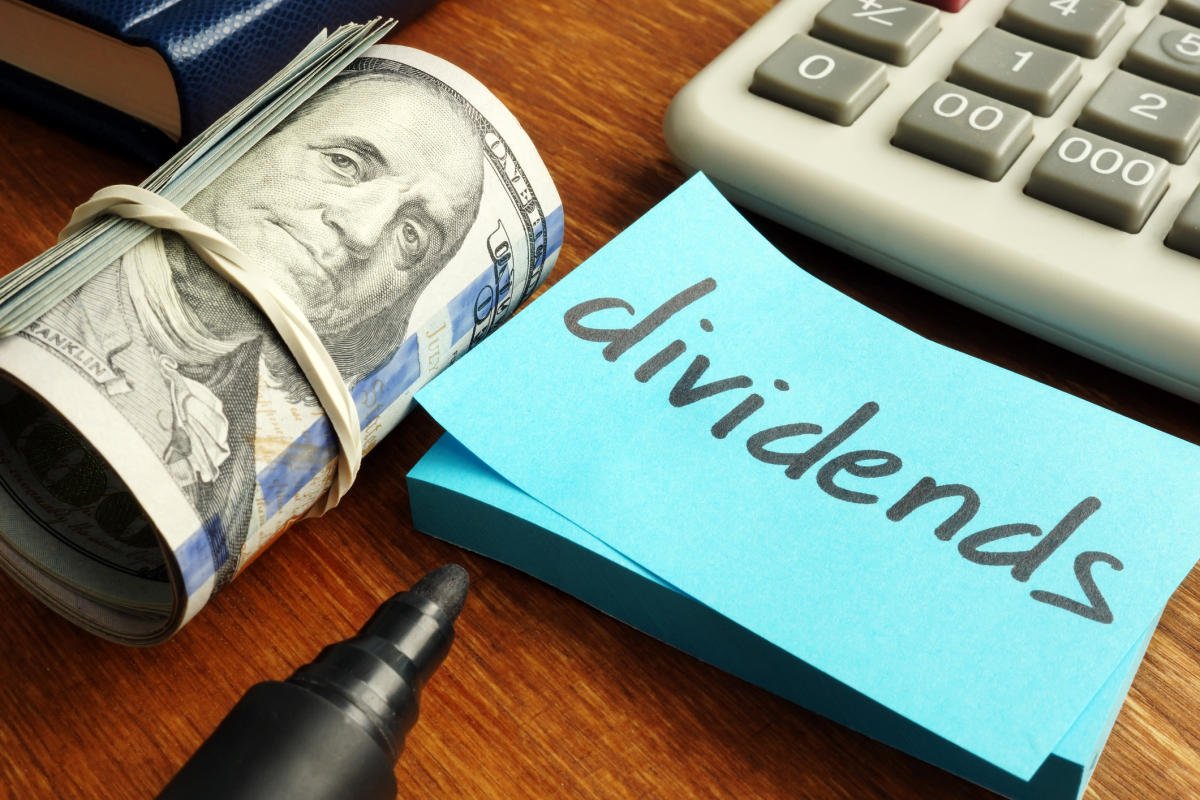The S&P 500 (SNPINDEX: ^GSPC) recently dipped into correction territory and is currently about 9% below its recent high. This is due to a combination of reasons, including tariffs, economic uncertainty, hotter-than-expected inflation data, and more.
To be perfectly clear, there’s no reason to expect a full-blown market crash anytime soon, given the information we currently have available, but market crashes historically occur at unexpected times. If you’re worried the current market turbulence could ultimately lead to a crash, it could be a smart idea to play a little defense in your portfolio.
Start Your Mornings Smarter! Wake up with Breakfast news in your inbox every market day. Sign Up For Free »
One smart way to do this is to invest in ETFs that should hold up better than most stocks during a market downturn — or could do even better if the economy takes a turn for the worse.
Steady income and below-average volatility
To be sure, the Vanguard High Dividend Yield ETF (NYSEMKT: VYM) wouldn’t likely be immune to a market crash. This is an index fund that owns a portfolio of about 530 large-cap stocks that have above-average dividend yields. As of this writing, the fund has a 3.4% dividend yield.
There are a couple of reasons why this could be a smart choice if you think there could be a market crash.
For one thing, the stocks in its portfolio tend to have safe and consistent dividends, so regardless of whether the ETF’s share price takes a hit, the income it produces should be reliable, even in a difficult economic climate. Second, large-cap stocks with above-average dividends tend to be less volatile than the overall market.
Consider this chart of the ETF’s largest holdings. Note that beta is a volatility metric, and a beta of less than 1 indicates lower historic volatility than the S&P 500.
Data source: CNBC.com, company financials. Yields as of 3/28/2025.
As you can see, not all of these are what you would typically consider to be “high dividend” stocks. But to be honest, the bar isn’t that high to get in.
The average S&P 500 stock has a dividend yield of about 1.3%, and some of these stocks have yielded much more in the past. For example, Walmart had a dividend yield of about 2% at the beginning of 2024, but the stock has risen by 70% since then. Broadcom is a similar situation — it was a true high-dividend stock until a couple of years ago, but its share price has roughly tripled in two years.
What to keep in mind
However, the key takeaways are:
- If a stock in this index has a low yield, it is usually because it has performed very well.
- Most of these stocks pay dividends every single year, and many have solid track records of increasing their dividends. For example, Procter & Gamble has increased its dividend for 68 consecutive years and has been paying a dividend, without fail, for 134 years in a row.
- As a whole, this index is less volatile than the S&P 500, and it would be reasonable to expect a market crash to have a lesser impact on the share price (as a percentage decline) than the S&P.
One final note is that this should be an excellent ETF to hold in bad times as well as good. Over the past decade, which has included some turbulent market periods, the Vanguard High Dividend Yield ETF has delivered annualized returns of more than 10%.
Don’t miss this second chance at a potentially lucrative opportunity
Ever feel like you missed the boat in buying the most successful stocks? Then you’ll want to hear this.
On rare occasions, our expert team of analysts issues a “Double Down” stock recommendation for companies that they think are about to pop. If you’re worried you’ve already missed your chance to invest, now is the best time to buy before it’s too late. And the numbers speak for themselves:
- Nvidia: if you invested $1,000 when we doubled down in 2009, you’d have $288,966!*
- Apple: if you invested $1,000 when we doubled down in 2008, you’d have $42,440!*
- Netflix: if you invested $1,000 when we doubled down in 2004, you’d have $526,737!*
Right now, we’re issuing “Double Down” alerts for three incredible companies, and there may not be another chance like this anytime soon.
*Stock Advisor returns as of March 24, 2025
JPMorgan Chase is an advertising partner of Motley Fool Money. Matt Frankel has no position in any of the stocks mentioned. The Motley Fool has positions in and recommends JPMorgan Chase, Vanguard Whitehall Funds – Vanguard High Dividend Yield ETF, and Walmart. The Motley Fool recommends Broadcom. The Motley Fool has a disclosure policy.
The views and opinions expressed herein are the views and opinions of the author and do not necessarily reflect those of Nasdaq, Inc.

















